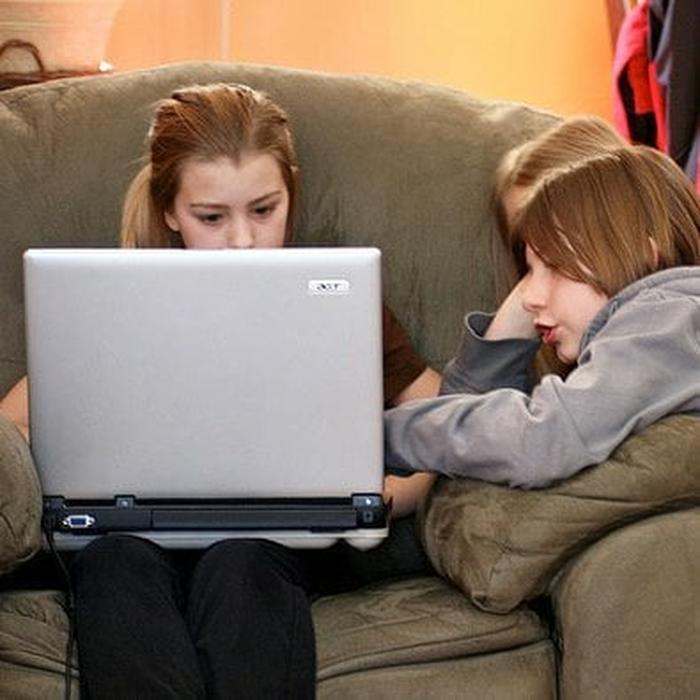
It’s often said that women are under-represented in high-tech careers because they’re not studying computer science in school. And that’s true: In 2008, only 18% of computer science grads were women—down from 37% in 1985. More and more, women simply aren’t choosing computer science.
And this is leading to the issue that I addressed in my last column: There’s a boom of “women in tech,” but a scarcity of women who are actually technical.
But it’s not enough to identify the problem, so I’m also proposing some solutions.
Over the past few weeks, I set out to identify the barriers preventing girls from pursuing careers in computer science. I gathered all kinds of perspectives, from a 12-year-old girl in the Bronx to a computer science major at Stanford University to a software engineer at Twitter.
And over the next few weeks, I’ll share what I’ve learned and propose some solutions for the issues we’re facing today. Read on for the first installment in a three-part series, Solving the Pipeline Problem: How to Get More Women in Tech.
Problem #1: Many girls don’t really know what computer science is
As a member of Gen Y, I was told from birth that I could be anything I wanted to be: a doctor, a lawyer, even an astronaut. But no one ever told me I could be a computer scientist. I didn’t even know that was a career path.
Other young professional women share similar stories. “When I entered college in 2002,” a female graduate of Harvard (and classmate of Facebook founder Mark Zuckerberg) explains, “I thought an engineer was someone who drove a train.”
Obviously, not every girl is left in the dark about computer science, but many are. In a national survey conducted by the WGBH Educational Foundation in 2008, college-bound teens were asked to describe how good a choice a career in computer science would be for “someone like you.” The results found that 67% of boys described a career in computer science as very good or good, whereas only 26% of girls felt the same.
Angie Schiavoni didn’t know what computer science was as a kid. “Pursuing a career in computer science never crossed my mind,” she admits. “No one ever said, ‘Hey, you’re good at math. Maybe you should try this.’” She eventually learned to code as an adult and co-founded Code Ed, a national program to teach web design to middle school girls in underserved communities. Schiavoni says she wants today’s young women to get the head start she never had. “Girls have to know what computer science is before they can consider it as one of their options.”
The Solution: Educate young people about the field
If we want to solve the pipeline problem, the first step is telling young women what computer science is. Computer scientist needs to be a clear career path that little girls can envision and aspire to, the way they do with careers in medicine and law. Let’s include computer scientist protagonists in children’s books and create toys that allow kids to “play programmer” as easily as they “play doctor.”
Let’s also create more avenues for girls to explore computer science as a hobby, like Code Ed. “I used to want to be a marine biologist or run a dog hotel,” says 12-year-old Bronx native Taiya Edwards. But after enrolling in Code Ed two years ago, Edwards has expanded her options. “Now I know that girls can do anything a guy can do, and I want a job in technology. Maybe I’ll even open a school to teach more girls about computers.”
Schools play an important role in this solution, as well. Computer scientists need to be included everywhere from cardboard cutouts on the walls of kindergarten classrooms to career night at high schools. Educating our youth about computer science careers not only empowers young women to join the technical talent pool, but it primes America’s workforce to be more competitive on the global stage.
What’s more, as nearly every industry is becoming inextricably tied to technology and the people who can create it, teaching young girls about the importance of the computer science industry helps them to craft big dreams for the future.
“Computer science isn’t just about writing code—you can solve big problems,” says Sophia Westwood, a junior at Stanford University majoring in computer science. “It really resonates with women when they see how the field is doing things like revolutionizing education and helping medical research. When I finally learned what a career in computer science would allow me to do, I started to see it as a long-term possibility.”
Putting a computer science career as an option on the table is an important first step in solving the pipeline problem, but what other challenges do girls face as they start to seriously consider becoming a programmer? Continue reading in Part 2: You Can’t Be What You Can’t See.